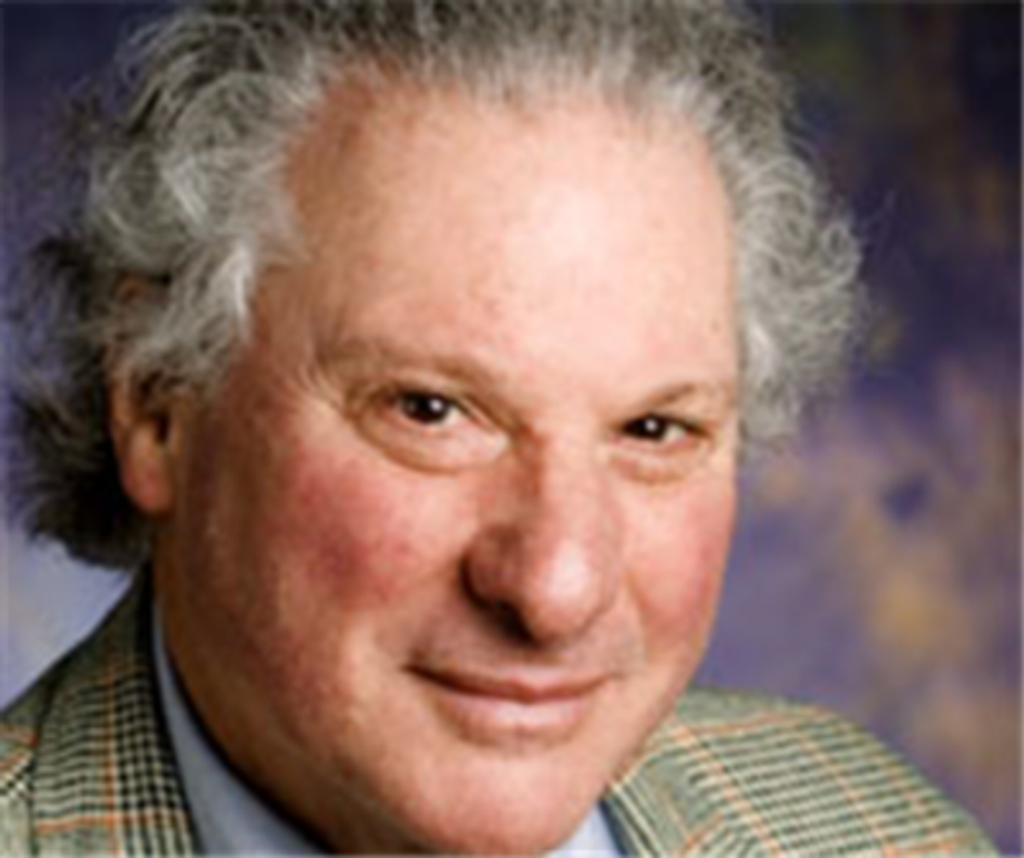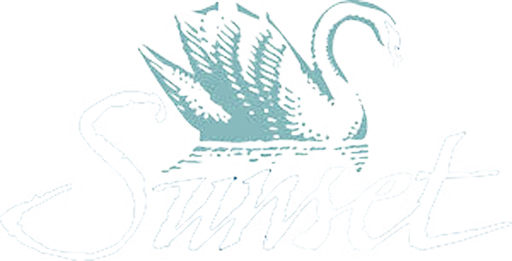

Stephen E. Levinson
September 27, 1944 — September 27, 2023
Stephen E. Levinson
Stephen E. Levinson, 79, of Champaign, Illinois and formerly of Mystic, as well as and New London, CT, passed away on September 27, 2023 with his wife, Diana E. Sheets, present. Steve was born September 27, 1944 in New York City. He was the son of Benjamin and Doris Levinson. Steve grew up in New London, Connecticut, graduated from New London High School in 1962, and received a B.A. degree in Engineering Sciences from Harvard University in 1966.
After graduating from college, Steve worked as a mechanical design engineer at Electric Boat Company in Groton, Ct. prior to beginning graduate school at the University of Rhode Island in 1969. One of Steves most interesting projects at Electric Boat was working on the NR-1 nuclear-powered vessel designed for naval and oceanographic research. He enlisted the help of the R&D Laboratory, headed by Dr. Herman E. Sheetshis future father-in lawto substantiate his mathematical calculations that the robotic arm of the NR-1 could not function at deep-water depths because of the change in the viscosity of hydraulic fluids, thereby requiring a redesign.
While working at Electric Boat, Steve raced first a Lotus 51 and, subsequently, a Brabham BT21, an open- wheel Formula 1 racing car. The latter was an Australian-designed racecar built in relatively large numbers in 1966. The Lotus was sold to help finance the Brabham and the Brabham sold to pursue graduate school. More than thirty years later, Steve received an e-mail inquiry by an Australian computer scientist who owned and raced Steves Brabham BT21 and inquired about the cars earlythankfully non-crashhistory.
Steve obtained his Ph.D. in electrical engineering at the University of Rhode Island in 1974 under the tutelage of Professor Donald W. Tufts. Steves Ph.D. was a mathematical and computer simulation and analysis of speech recognition. In his words, "My own work is, and has been since 1972, aimed at building a machine capable of understand ordinary spoken language." The foundations of that seminal research resulted in a two-year appointment as the J. Willard Gibbs Instructor in Computer Science at Yale University.
In 1976 when Steve married Diana E. Sheets, he joined AT&T Bell Laboratories Acoustics Research Department at Murry Hill headed by Dr. James L. Flanagan. Steves research at Bell applied computerized models of grammar to achieve greater accuracy at speech recognition. During this period Bell Labs began conducting tests over standard telephone lines with ordinary speakers to see how reliable automatic speech recognition could work to assist people in booking plane reservations. Steves grammatical approach transformed speech understanding at Bell Labs from isolated words to complete sentences and helped pioneer speech recognition applications throughout the world.
In 1979 Steve was the first Bell Labs scientist sent to Nippon Telephone and Telegraph in Japan. He worked for six months with scientists there to design and to implement his grammatical speech recognition system to apply successfully to Japans train reservation system. After returning to Bell Labs, Steve continued collaborating with colleagues to improve speech recognition. Other companies competed, but in many respects Bell Labs led the field.
Steve was appointed Head of the Linguistics Research Department at Bell Laboratories in 1990. Seven years later he accepted a position at the University of Illinois in the Electrical and Computer Engineering Department in Urbana/Champaign. In 2005 Steve published Mathematical Models for Speech Technology, which he described as a distillation of twenty-five years of his research.
During his final years at Bell Labs and his 22 years as Professor in Electrical and Computer Engineering at the University of Illinois, Steves focus was on studying embodied language learning by means of anthropomorphic robots. To that end his robots were given very few computerized instructions. Instead, basic instincts were encoded to prompt responses to both danger (avoid/retreat) and novelty (curiosity/learning) in order to mimic speech and cognitive development that ideally would approximate childrens cognitive development.
In 2009 Steve was awarded an iCub by a European consortium of 30 companies and universities. Only seven research laboratories worldwide received an iCub, then valued at nearly a half-million dollars. Of these, only Steves group was a recipient in the United States. The multicultural iCub was designed to resemble a child age three or four. Steves lab named their iCub Bert in honor of the British mathematician Bertram Russell.
Aside from Steves early interest in race-car driving, his passions included waterskiing, snow skiing, chamber music, and sailing. Steve and Diana owned two Ericson sailboats. They lived for over thirty years weekends or seasonally in downtown Mystic, Connecticut and sailed the New England coast.
Steve is survived by his wife, Dr. Diana E. Sheets, his brother, Andrew J. Levinson, Esq., his wife, Deborah Reik, Esq, their daughter, Dr. Amanda Levinson, her husband, Dr. Dorian Cohen, as well as their children Nora and Kate. Steve is also survived by Samuel Levinson, Esq., Andrew and Deborahs second child, as well as Sams fianc Maria Rajtik.
In retirement Steve battled a rare neurological disease, Progressive Supranuclear Palsy (PSP). Contributions in his name may be made to any of the following: Mystic Seaport, Cure PSP, the Krannert Center for the Performing Arts at the University of Illinois, and the Electrical and Computer Engineering Department at the University of Illinois.
Guestbook
Visits: 62
This site is protected by reCAPTCHA and the
Google Privacy Policy and Terms of Service apply.
Service map data © OpenStreetMap contributors





